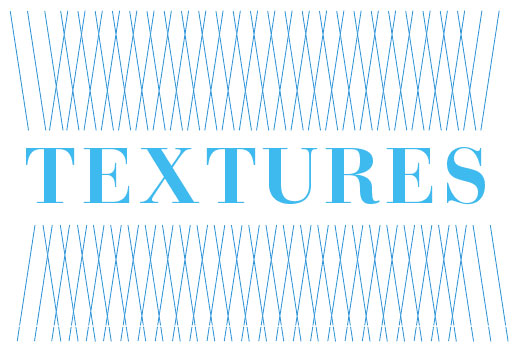VIZUĀLO MĀKSLU PORTĀLS
|
|
|
Kur iegādāties? Iegādāties iepriekšējos Nr. Par mums
| Kanādiešu mākslinieces Ērinas Maningas un filozofa Braiena Masumi instalācija Anda Kļaviņa, "Tekstūras" projekta vadītāja 16.06.2010 - 18.06.2010 Rīgas Ekonomikas augstskolas foajē (līdzās kafejnīcai) līdz 18. jūnija vakaram apskatāma kanādiešu mākslinieces Ērinas Maningas un filozofa Braiena Masumi instalācija Volumetrics. Magnētisko audumu instalācija ir māksliniecisks/filozofisks vēstījums par pasaules, disciplīnu un cilvēku savienojamību/vienotību. | ||||||||||
 | ||||||||||
| Instalācija ir izveidota saistībā ar Literatūras, zinātnes un mākslas konferenci Textures, kas līdz 19. jūnijam norisinās Rīgas Ekonomikas augstskolā. www.erinmovement.com/ www.e-text-textiles.lv/SLSAeu2010/People.htm Volumetrics Folds to Infinity is a 2-phased fabric-based exploration of how textiles move us. Phase 1, Slow Clothes, is composed of 500 pieces of cut and serged fabric based on 25 pattern designs that lend themselves to all kinds of garments when connected to each other. Each piece is singular both in its cut and in the placement of buttons, button-holes, magnets, hooks and eyes and can be attached to or paired with any other piece to create garments or environments of the participant’s making. Phase 1 tends toward surface folds, layerings that are thin and sediment-like, though the magnets’ inherent attraction to multiple stickings does create a complexity of folding that already tends toward volumetric bunching. Phase 2, entitled Volumetrics, connects to Phase 1 but is based more specifically on the idea of volumes, generative of foldings that are thick and bunched. Where Phase 1 plays with colour, the fabrics chosen for their chromatic weaves, Phase 2 is black, the emphasis on textural subtleties. Phase 2, is not cut from conceived patterns that, in their shape, already call forth garment-potential. Volumetrics is thought as a supplement to Phase 1 that thickens the sediment, building out from under its interweaving layers. Each piece is more-or-less a rectangle and is comprised of button-holes with elasticized string pulled through them, multiple magnets, snaps and zippers. With Volumetrics, the flatness of the body-surface is put into question, as is the idea that a garment layers directly on the human frame. To play with Volumetrics, toggles are pulled or loosened along the elasticized string, or gotten rid of altogether, zippers are opened or closed, and snaps are multiply connected on a single piece of fabric or across pieces. The emphasis in Phase 2 is on the ontogenetic qualities of shaping: Volumetrics is a machine for creating volumes. Each piece of Volumetrics also has one button, thought as an invitation to couple with Slow Clothes – although of course each of the button-holes housing the elastic string is itself an occasion to connect and fold, as are the magnets. Slow Clothes and Volumetrics are conceived as Choreographic Objects for the exploration of what a body can do at the productive interval between dressing and architecting. | ||||||||||
| Atgriezties | ||||||||||
| ||||||||||








